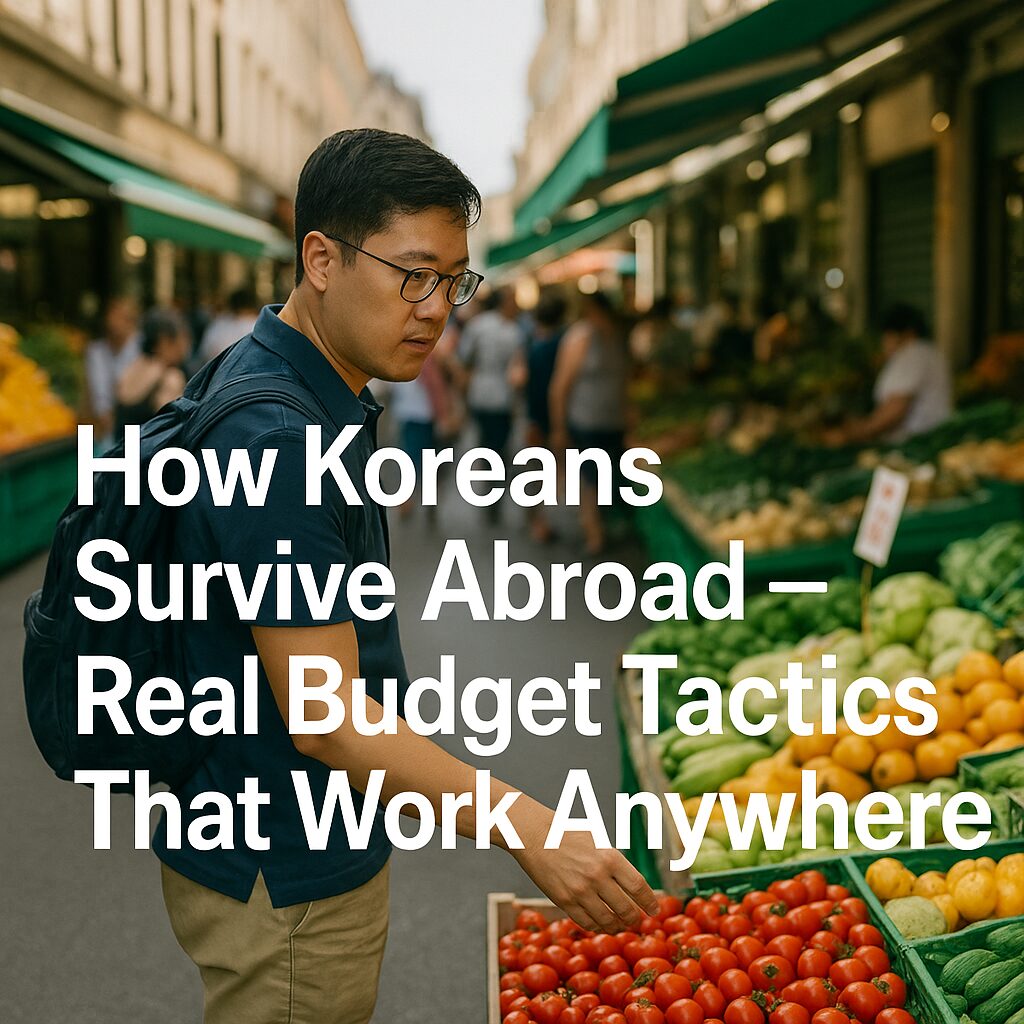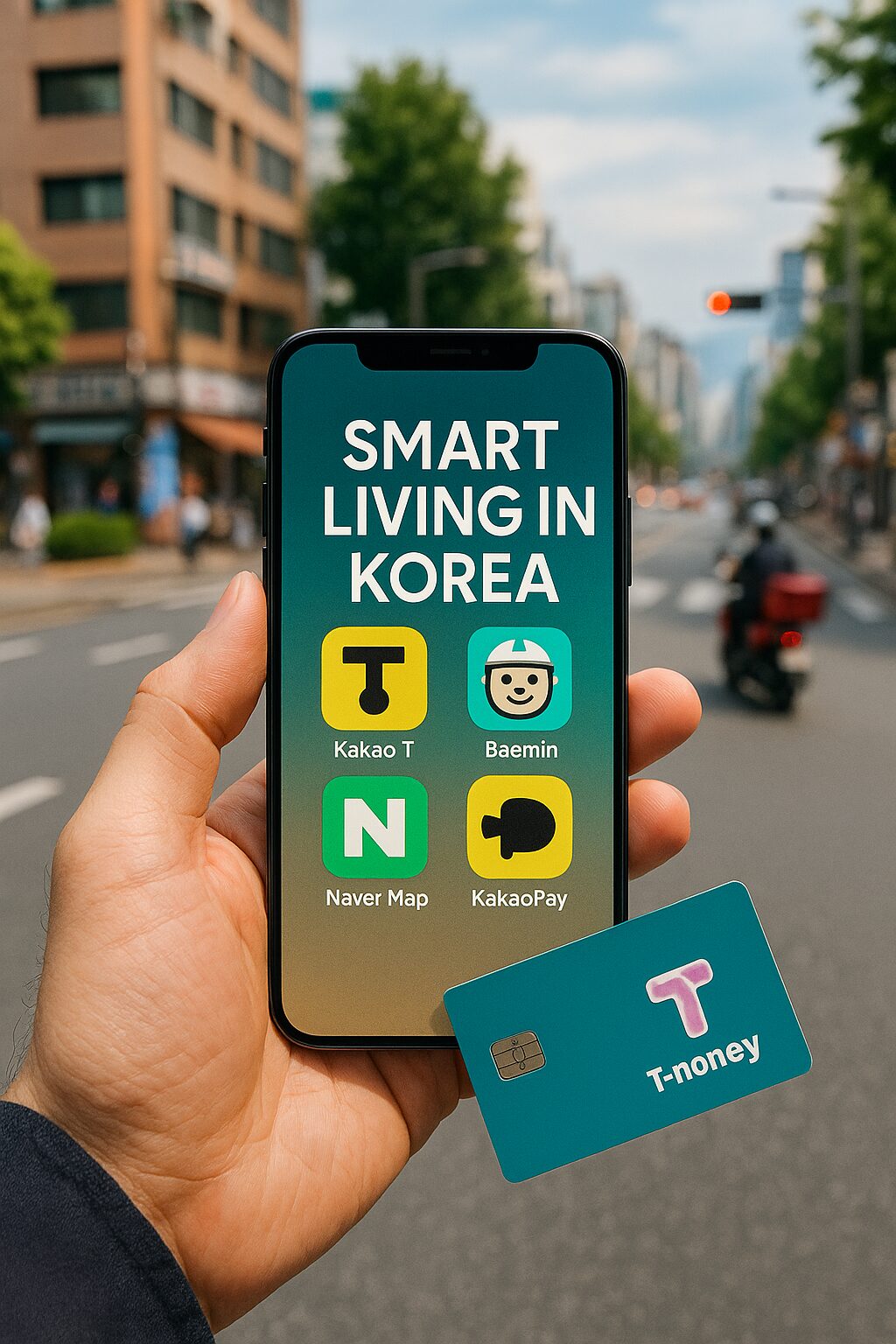A New Era of Earning Has Begun
If you’re broke, jobless, or simply looking for a way to earn side income — but you have a smartphone in your hand — you’re more powerful than you think.
No matter where you live.
No matter your language.
No matter your skills or education.
Today, we’ll show you 5 real ways to earn money online with just your smartphone, even if you don’t have followers, coding skills, or a fancy resume.
This isn’t another “get rich quick” dream.
These are tested methods that people around the world use daily — some earn $2 a day, others $100 or more — and it all starts with doing the first dollar the smart way.
1. Microtasks That Pay Instantly – Yes, Even Small Work Counts
There are companies all over the world that will pay you small amounts of money to do small digital jobs — all from your phone.
What kind of work?
- Labeling images (for AI training)
- Typing short text responses
- Reviewing ads
- Transcribing short audio clips
Where to Start:
These pay between $0.10–$5 per task. One hour of focused work = real cash.
Tip: Start with English-only tasks first, even if it’s not your native language. The pay is better.
2. Use AI Tools to Sell Simple Digital Content (No Design Needed)
You don’t need to be a designer or writer to sell content anymore.
AI tools can help you create:
- Digital planners
- Checklists
- Instagram post templates
- E-book summaries
- Printable coloring pages
You can create these using free tools like Canva + ChatGPT, then sell them on:
- Gumroad
- Etsy
- Payhip
- Ko-fi
Tip: Bundle 5 items into one product and price it at $3–$5. You only need 1–2 sales a day to make consistent income.
3. Resell AI-Generated Goods or Use Free Marketplaces
Imagine creating something for free and selling it without inventory.
You can now generate:
- Stickers
- Digital art
- Wallpapers
- Printables
- Simple logos
Using tools like Midjourney, Canva, or even Leonardo.AI, then post them on resale sites like:
- Creative Fabrica
- Redbubble
- Teepublic
- Etsy
Tip: Use free traffic sources like Pinterest to drive views. One viral pin = passive sales.
4. Promote Affiliate Links Without Being an Influencer
You don’t need thousands of followers to make money with affiliate links.
You just need a valuable product + the right niche.
How?
- Create a Pinterest account
- Make short content with free Canva templates
- Add your affiliate link (Amazon, Digistore24, Impact, etc.)
One good design with the right keyword can bring traffic daily.
Tip: Review cheap but useful products for remote workers, students, or parents — high-conversion audiences.
5. Turn Your Voice into a Service (No Typing Needed)
If you can speak clearly, you can offer services like:
- Audio transcription (voice to text)
- Voice-over (short video ads or explainer content)
- Audio replies for customer service
- Reading articles or scripts for YouTube creators
Where to offer these:
- Fiverr
- Upwork
- Latium
- Speaky
Tip: Use your phone’s voice recorder + free tools like Descript or Otter.ai to polish results.
Real People Are Doing This Every Day
Let’s look at real-world examples:
- Fatima, Nigeria: Earns $5/day using Remotasks + sells digital journals on Etsy
- Juan, Mexico: Posts Pinterest pins with affiliate links and made $113 in his second month
- Li, Taiwan: Uses ChatGPT to generate travel tips and sells them as printable PDFs on Gumroad
- Priya, India: Records her voice reading books and sells the recordings on Ko-fi
You don’t need to be famous.
You just need to start with 1 thing — and do it well.
Avoid These Traps (And Save Your Time)
Don’t fall for “apps that pay $100 a day” — if it sounds too good to be true, it is.
Don’t waste time on “watching ads” or “spin-the-wheel” games.
Don’t try everything at once. Pick ONE method and stay consistent for 30 days.
Your Action Plan – Start in the Next 30 Minutes
Pick 1 of the 5 methods
Open a free account (no credit card required)
Complete your first task or upload your first product
Track what works for 7 days
Improve + repeat
After 30 days, add a second income stream
That’s how real online income grows — not all at once, but one small step every day.
Final Thoughts: The First Dollar Is the Most Important
You don’t need to wait until you’re “ready.”
If you have a phone, internet, and time — you already have everything.
Make your first $1.
Then $10.
Then $100.
The systems are waiting. You just need to show up.
Coming Up Next
How Koreans Thrive Abroad on Low Income – Real Lessons in Survival Budgeting
→ Discover how Korean expats stretch every dollar and build resilience — even in the most expensive cities around the world.















